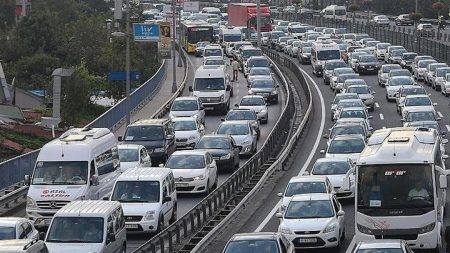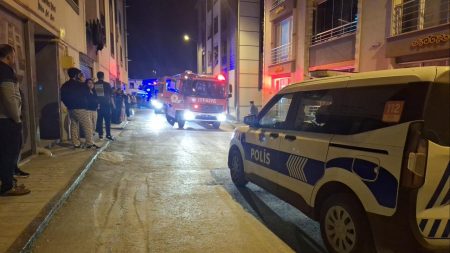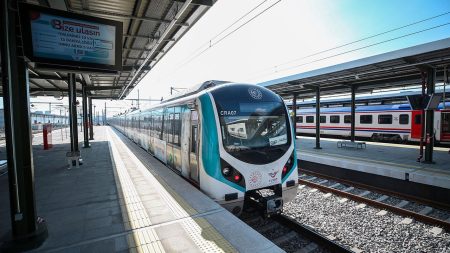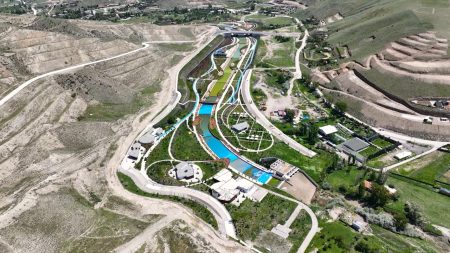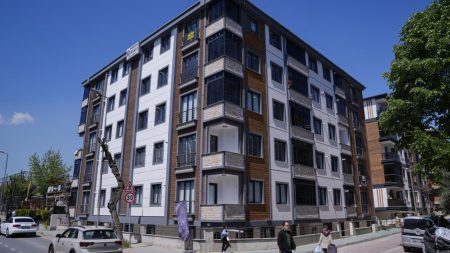A customer in Istanbul tried to call a taxi through an app to go from Beşiktaş to Suadiye. However, the taxi driver who arrived informed her that there was too much traffic in Kadıköy and he couldn’t take her all the way there. The passenger stated that she had specified her destination on the app and questioned whether the cars weren’t being accepted or if the driver couldn’t go due to traffic, expressing her dissatisfaction with the situation.
The passenger’s response to the driver’s refusal to go to Suadiye was met with a proposal from the driver to leave her in a nearby location instead. The driver explained that he couldn’t go to Erenköy, Göztepe, or Suadiye due to traffic, offering to take her to Kadıköy and then suggesting she take a double-decker bus to her destination as the bus route passed through there. He reiterated that the reason they couldn’t go all the way was due to the traffic conditions and offered to drop her off nearby so she could walk the rest of the way.
The interaction between the customer and the taxi driver highlights the challenges faced by both parties in navigating the busy streets of Istanbul. While the customer expected to be taken to her destination as requested through the app, the driver’s constraints due to traffic congestion posed a hurdle in fulfilling the journey. The exchange sheds light on the difficulties encountered by commuters and service providers in a bustling city like Istanbul where traffic conditions can significantly impact travel plans.
The incident raises questions about the effectiveness of transportation services and the implications of heavy traffic on travel experiences in urban areas. It underscores the need for improved traffic management strategies and communication between passengers and drivers to ensure a smoother and more efficient transportation system. As cities continue to grapple with issues of congestion and mobility, finding innovative solutions to optimize transportation services becomes crucial in enhancing the overall urban experience for residents and visitors alike.
The story serves as a reminder of the complex dynamics at play in urban transportation and the importance of adaptability and communication in addressing challenges related to congestion and demand. It also highlights the resilience and resourcefulness of individuals in navigating such challenges, showcasing the diverse strategies employed to overcome obstacles and reach desired destinations. By reflecting on such experiences, stakeholders can work towards creating a more inclusive and responsive transportation ecosystem that meets the needs of a diverse population in a rapidly evolving urban landscape.
In conclusion, the encounter between the customer and the taxi driver in Istanbul underscores the intricacies of urban transportation systems and the various factors that influence travel decisions and experiences. By exploring the nuances of this interaction, we gain valuable insights into the daily struggles faced by commuters and service providers in bustling cities and the opportunities for enhancing transportation infrastructure and services. As cities continue to evolve and grow, addressing traffic congestion and fostering open communication channels between stakeholders are essential steps towards creating a more efficient and sustainable urban mobility landscape.










